Plumbing systems are like the veins of a home, facilitating the smooth flow of water throughout the property.
It’s an intricate and interconnected system that can sometimes bewilder homeowners, especially when unnoticed issues suddenly surface, such as a sink that gurgles when the toilet is flushed. Such anomalies may seem small, but they often point to underlying problems that if left untreated can lead to significant damages.
In this discourse, we will unravel the potentially inter-related reasons behind this phenomenon, starting with a basic understanding of plumbing systems, the principle of venting pipes and how various components of the system correlate.
We will then focus on identifying the possible causes, explore diverse techniques to rectify them, and shed light upon the necessary safety measures to be followed during this process.
Gurgling sink when toilet flushes indicates a plumbing vent issue, potentially causing air pressure fluctuations in the pipes. Professional inspection may be needed.
Plumbing Systems Demystified
Basic Concept of Plumbing Systems
| Concept | Supply System | Drainage System |
|---|---|---|
| Purpose | Provides potable water to fixtures | Removes wastewater from fixtures |
| Components | Water source, pipes, fixtures, valves | Pipes, traps, fixtures, vents |
| Water Quality | Must be clean and safe for drinking | Carries waste and should not be potable |
| Pressure | Maintains water pressure for distribution | Operates by gravity flow |
| Pipe Material | Commonly copper, PEX, or PVC | Typically PVC or ABS |
| Regulation | Governed by plumbing codes and standards | Also regulated by codes and standards |
| Ventilation | Limited or no venting needed | Requires venting to prevent traps from siphoning |
| Maintenance | Regular inspections and maintenance | Requires periodic cleaning and inspection |
| Isolation | Can isolate specific fixtures with valves | Limited isolation points |
| Backflow Prevention | Often requires backflow preventers | Not applicable |
| Hot Water | Provides hot water for various uses | No involvement in heating water |
| Flow Control | Uses control valves for flow adjustment | No flow control components |
| Sanitary Fittings | Includes sinks, faucets, toilets, etc. | Comprises drains, sewer lines, and vents |
| Emergency Systems | May include fire sprinkler systems | No emergency systems attached |
A plumbing system is primarily designed to deliver clean water and then remove waste water through a network of pipes. It primarily consists of a water supply system, the fixtures and appliances, and a drain system.
The water supply system is responsible for the distribution of clean water while the drain system removes wastewater and sewage.
The system generally works on the principle of gravity, where water flows from a higher level to a lower level.
How Plumbing Systems Interconnect in a Home
In a home, these systems are interconnected to ensure a smooth flow of water. The water supply system is connected to various fixtures in the home like faucets, showers, washing machines, and toilets.
Similarly, the drain system is also connected to these fixtures to effectively remove the wastewater.
For instance, when you flush the toilet, the flush valve opens, allowing water to flow from the tank into the bowl, flushing the waste into the drainpipes.
The interconnection of these systems is crucial because if any element in the system fails, other parts of the system are likely to be affected as well.
Principle of Venting Pipes
The principle of venting pipes in a plumbing system is essential for the proper functioning of the drain-waste-vent system.
Venting pipes allow air into the plumbing system which helps in maintaining a balanced atmospheric pressure.
It ensures the smooth flow of water through the drainpipes without any hindrance.
Moreover, vent pipes play a significant role in releasing sewer gases outdoors, instead of releasing them indoors which could cause a foul smell in the house.
Why a Sink Gurgles When a Toilet Is Flushed
A sink gurgling when a toilet is flushed often indicates a problem with the venting in your plumbing system.
When vent pipes are blocked or obstructed, they can’t adequately balance the atmospheric pressure.
Consequently, when you flush the toilet, the rapid flow of water can create negative pressure in the pipes that can pull air from other plumbing fixtures, such as the sink, causing it to gurgle.
This scenario suggests that it’s time to check your venting system for any blockages or problems.
It’s important to address this issue promptly to avoid further complications in the system.
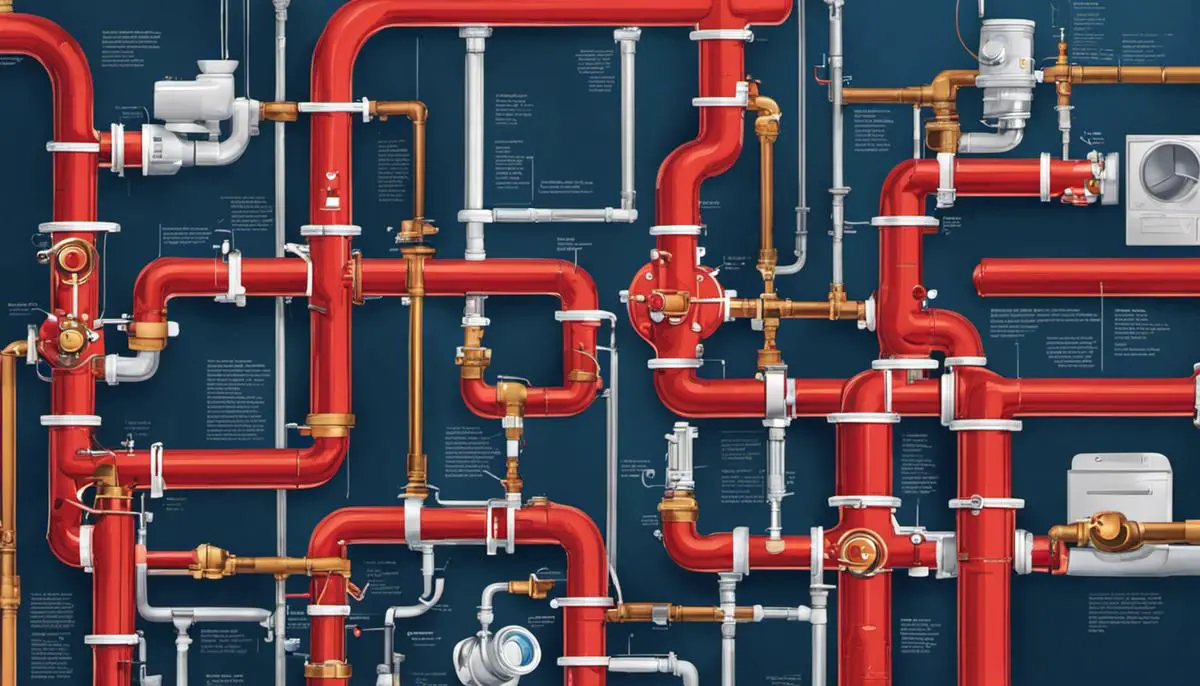
Diagnosing the Problem
Understanding the Plumbing System
The plumbing system in your house works through a network of drains and vents. In the case of your toilet and sink, they likely share a common drain or vent.
The drain line carries waste water away, while the vent line allows air to enter the pipes, ensuring steady water flow.
If this ventilation is interrupted, as in the case of a blockage, pressure will build up and it will escape in the easiest way possible which may be through your sink – causing it to gurgle when the toilet is flushed.
Identifying Blockages
Blockages in your plumbing vents can be caused by a number of things including debris, nest-building animals, or even a build-up of snow or ice.
The most common sign of a blocked vent or drain is a gurgling noise, which is caused by the disturbance in the air pressure in your pipes.
Other common signs include slow draining sinks and frequent drain clogs.
However, the gurgling sound may also be caused by other issues, making further investigation necessary.
Monitoring Sink and Toilet Gurgling
If your sink gurgles specifically when your toilet is being flushed, this is a key sign that it’s a common venting issue.
Start monitoring the frequency and timing of the gurgling noise. If it only happens when the toilet is flushed or a lot of water is sent down the drain very quickly, chances are that the problem is a blocked vent that can’t handle the amount of water.
Checking for a Shared Vent
If a common vent is serving both the toilet and sink, it’s likely that it gets overwhelmed when both fixtures drain at once, causing the gurgling noise.
Locating your building’s vent scheme can be a bit difficult. You might be able to spot some outdoor vent pipes yourself. If the vents for your toilet and sink emerge close to each other, it’s likely they share a path.
However, if your home has a complicated vent system, you might need to consult with a plumbing professional.
Taking Further Steps
If you can pinpoint the blockage in the vents, you might be able to remove it yourself.
However, if the blockage is out of reach or you are unsure of the plumbing set-up, reaching out to a professional will be necessary.
In all cases, ensure proper maintenance and regular cleaning of the drains and vents to lessen the likelihood of such issues arising.
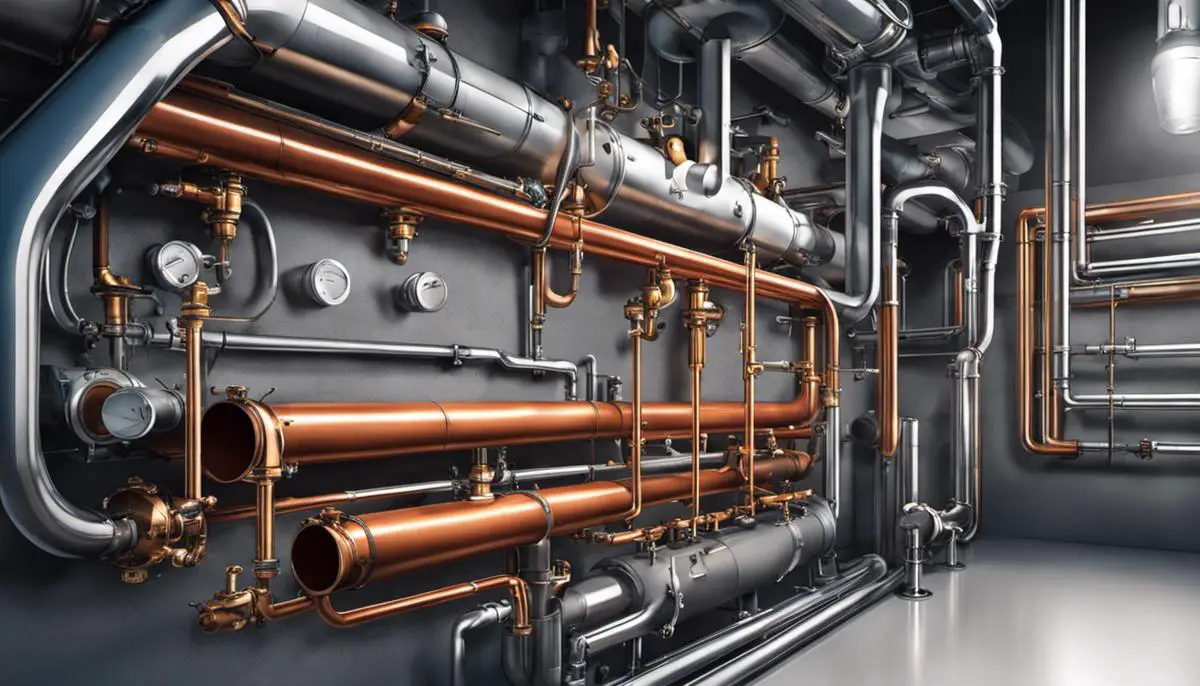
Techniques to Clear Vent Blockage
| Technique | Ease of Use | Effectiveness | Cost | Tools Required | Environmental Impact |
|---|---|---|---|---|---|
| Plunger | Easy | Moderate | Low | Plunger | Minimal |
| Drain Snake | Moderate | High | Low | Drain snake | Minimal |
| Boiling Water | Easy | Low | Low | Pot | Minimal |
| Baking Soda & Vinegar | Easy | Moderate | Low | Baking soda, vinegar | Minimal |
| Chemical Drain Cleaner | Easy | High | Moderate | Chemical cleaner | Moderate |
| Professional Plumber | Difficult | High | High | N/A | Minimal |
Researching Blockage Clearing Techniques
When your sink gurgles when the toilet flushes, it’s often an indication of a blockage somewhere in the plumbing system.
There are multiple methods for clearing this blockage, and it’s important to understand these techniques to determine the one that works best for your situation.
Plumber’s Snake
This is a coiled spiral snake that reaches far into the pipe to break up blockages.
To use this method, you’d have to insert the plumber’s snake into the drain opening, continue to push it down until it reaches the blockage, then turn it to break up the clog.
Garden Hose
While this may seem atypical, it can be quite effective. The pressure of the water can potentially push the clog out of the pipe.
You’d need to insert the end of the hose into the drain, securing it tightly to prevent water from escaping, then turn on the water to full force.
Wet and Dry Vacuum
Vacuums can create strong suction that can effectively dislodge and suck up the blockage.
If you opt for this method, you’d have to place the vacuum hose end at the drain opening, ensuring it forms a tight seal. Set your vacuum to vacuum liquids, then power on the vacuum to suck out the clog.
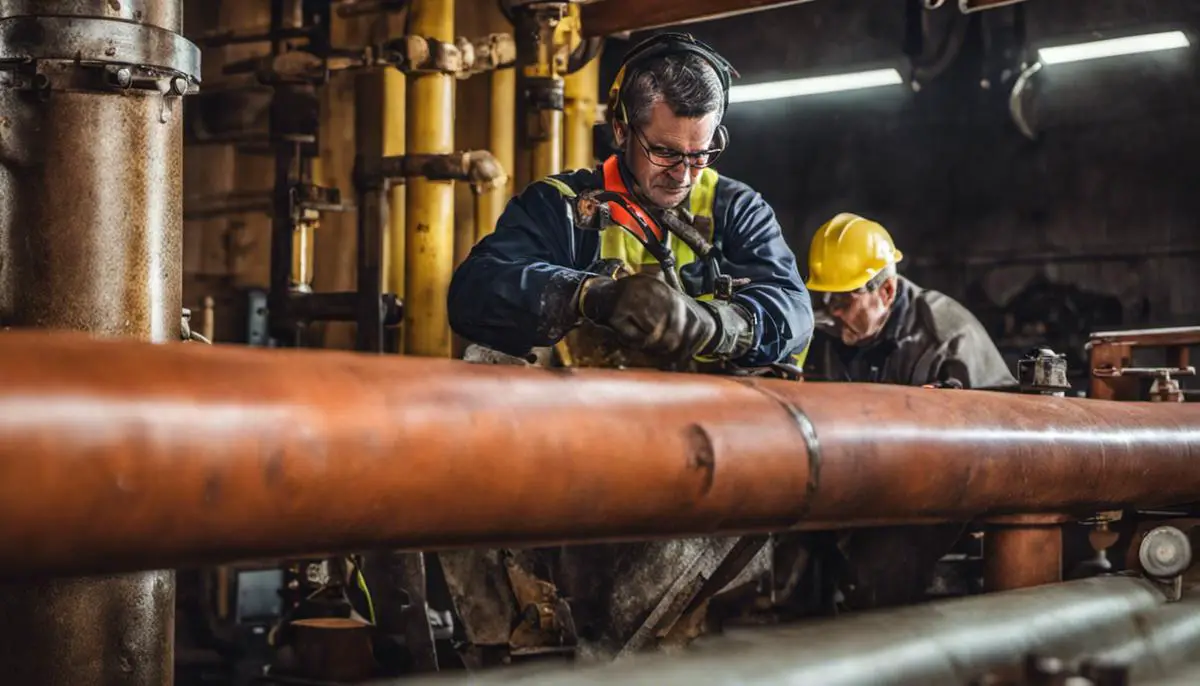
Safety Measures and Precautions
Understanding Basic Plumbing Safety Measures
When dealing with plumbing works, it is paramount to follow safety measures, such as wearing gloves, eye protection, and sturdy shoes to protect against sharp or heavy objects.
Avoid wearing loose clothing, which can get caught in machinery, and if you have long hair, make sure to tie it back.
Use of Plumbing Tools Safely
Pipe wrenches, pliers, and other plumbing tools can cause serious injuries if misused.
Always ensure you are using the right tool for the job. Avoid the temptation to make a tool serve a purpose it wasn’t intended for.
Protection against Chemicals
Some plumbing tasks require the usage of chemicals like drain cleaners which can be harmful. Always wear protective eye equipment and gloves when handling these chemicals.
Furthermore, ensure your work area is well-ventilated to prevent inhaling toxic fumes. In case of accidental exposure to eyes or skin, flush profusely with water and seek medical attention as soon as possible.
Understanding Electrical Safety
Water conducts electricity and working around water can increase the risk of electrical shock.
Ensure any electrical appliances or outlets near your work area are properly switched off or even disconnected if possible.
Safe Handling of Hot Pipes and Soldering Tools
Some plumbing works may involve soldering pipes or working around hot water pipes.
Always wear insulated gloves to protect your hands. Be proactive about clearing away flammable materials when using a soldering torch.
Preventing Falls When Working in High Places
If your plumbing task includes climbing ladders or working in high places, make sure the ladder is secure and you have someone to hold it for you.
Keep your workspace clean to avoid tripping over tools and materials.
Learning to Work with Pressurized Water
If a pipe is under pressure, failure to depressurize it correctly can lead to bursting pipes and water damage.
Before you start any plumbing work, it’s critical to shut off the water at the main supply.
These guidelines can help prevent accidents and injuries during your home plumbing tasks.
Still, it’s always safest to call in the professionals for more complex tasks that involve major installations or renovations.
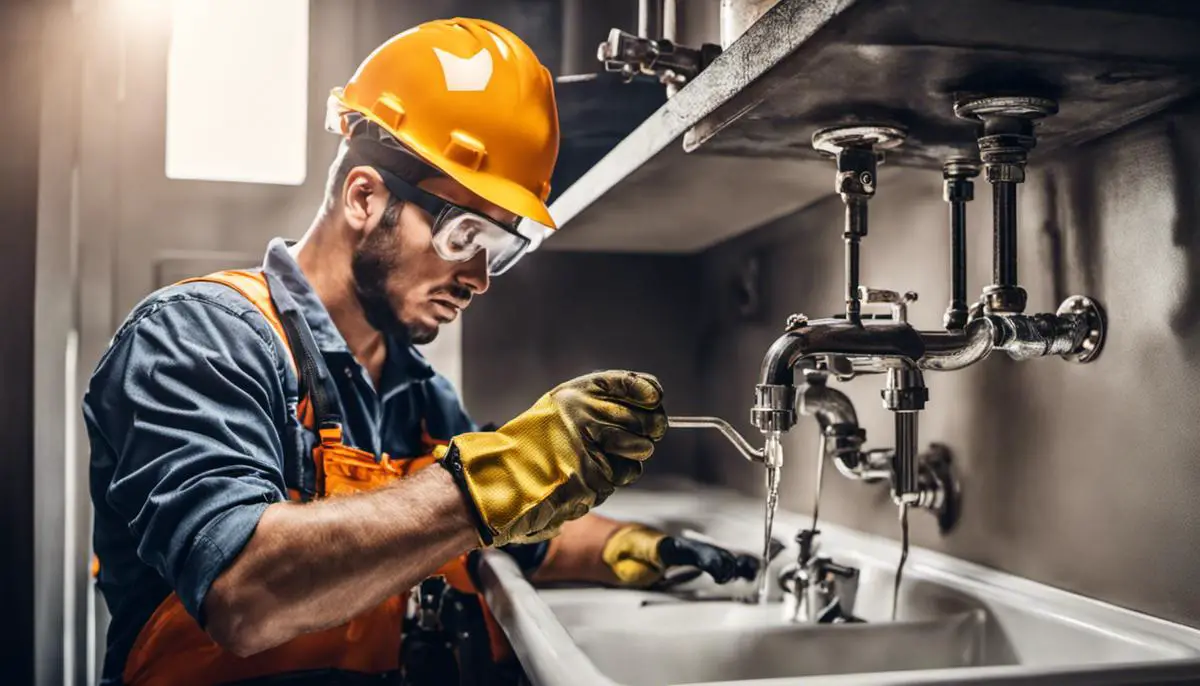
Unearthing the cause of a gurgling sink and applying a practical solution may seem nerve-wracking, but with a basic understanding of your home’s plumbing system and a handy set of tools, it is perfectly manageable.
Equipped with the right knowledge on problem diagnosis and different blockade clearing techniques, homeowners can take the first step to mitigate the problem themselves.
However, it’s of utmost importance that safety guidelines are strictly adhered to during any self-administered plumbing works to avoid physical injury or further damage to the system.
With careful attention to detail and adherence to these provisions, taming an unruly sink gurgling away every time you flush is not a herculean task after all.
Related Questions
[faq-schema id=”16142″]




![How to Remove Crystallized Urine [Explained]](https://homepander.com/wp-content/uploads/2022/02/How-To-Remove-Crystallized-Urine.jpg)
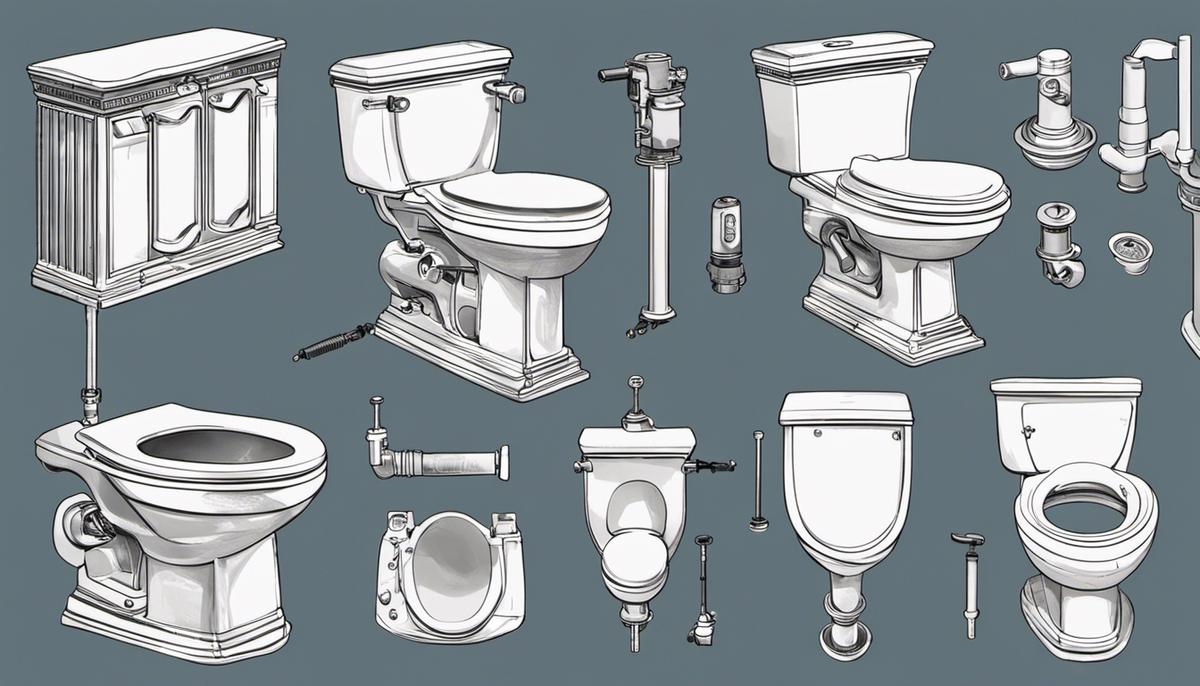
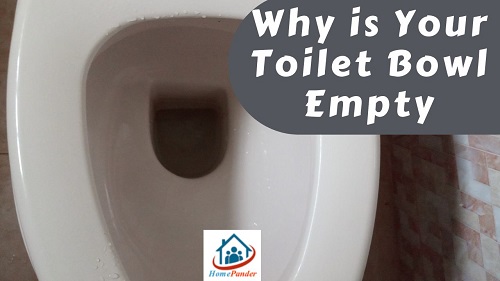
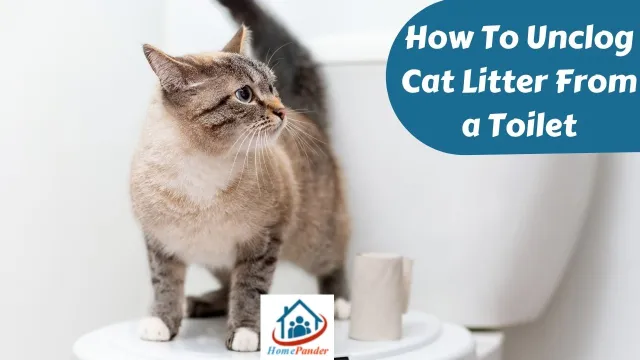
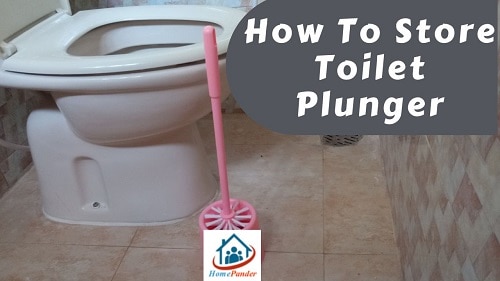
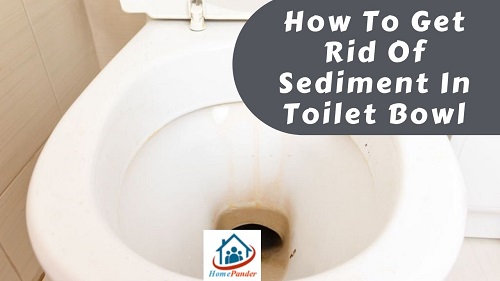
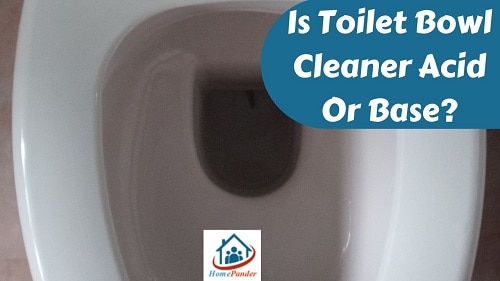
![How To Clean Dark Grout That Has Turned White [5 Easy Ways]](https://homepander.com/wp-content/uploads/2021/12/How-To-Clean-Dark-Grout-That-Has-Turned-White.webp)